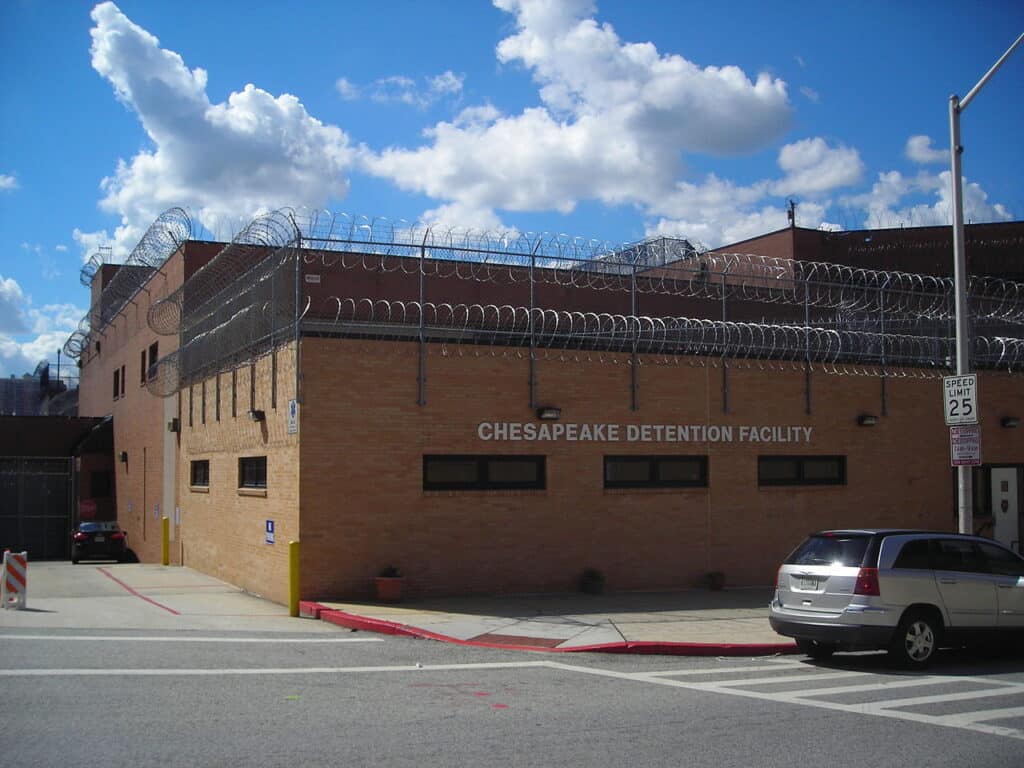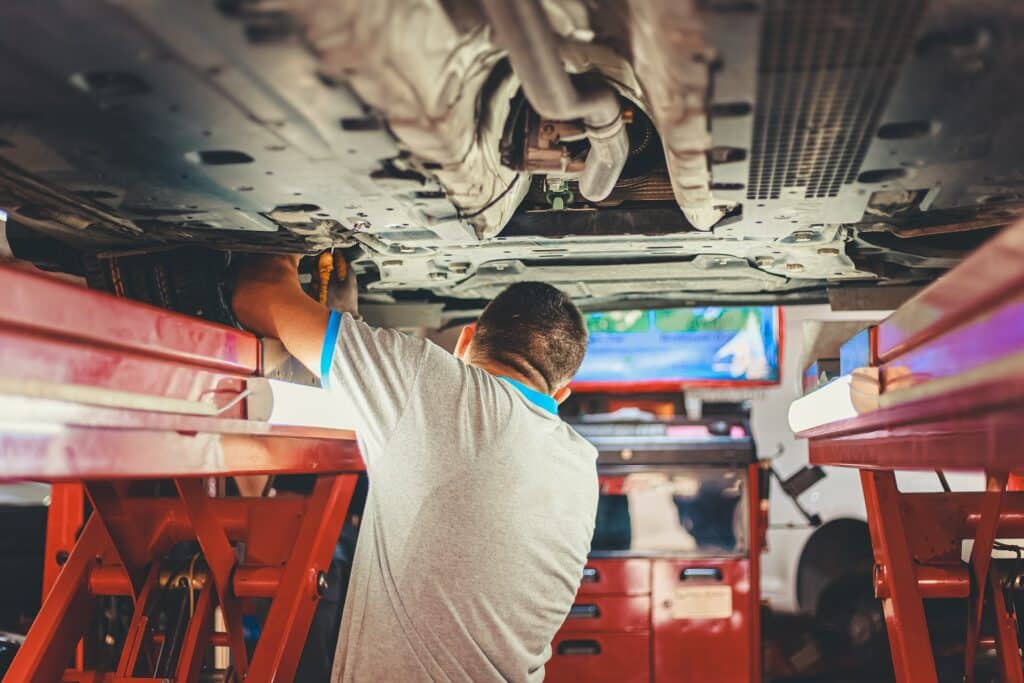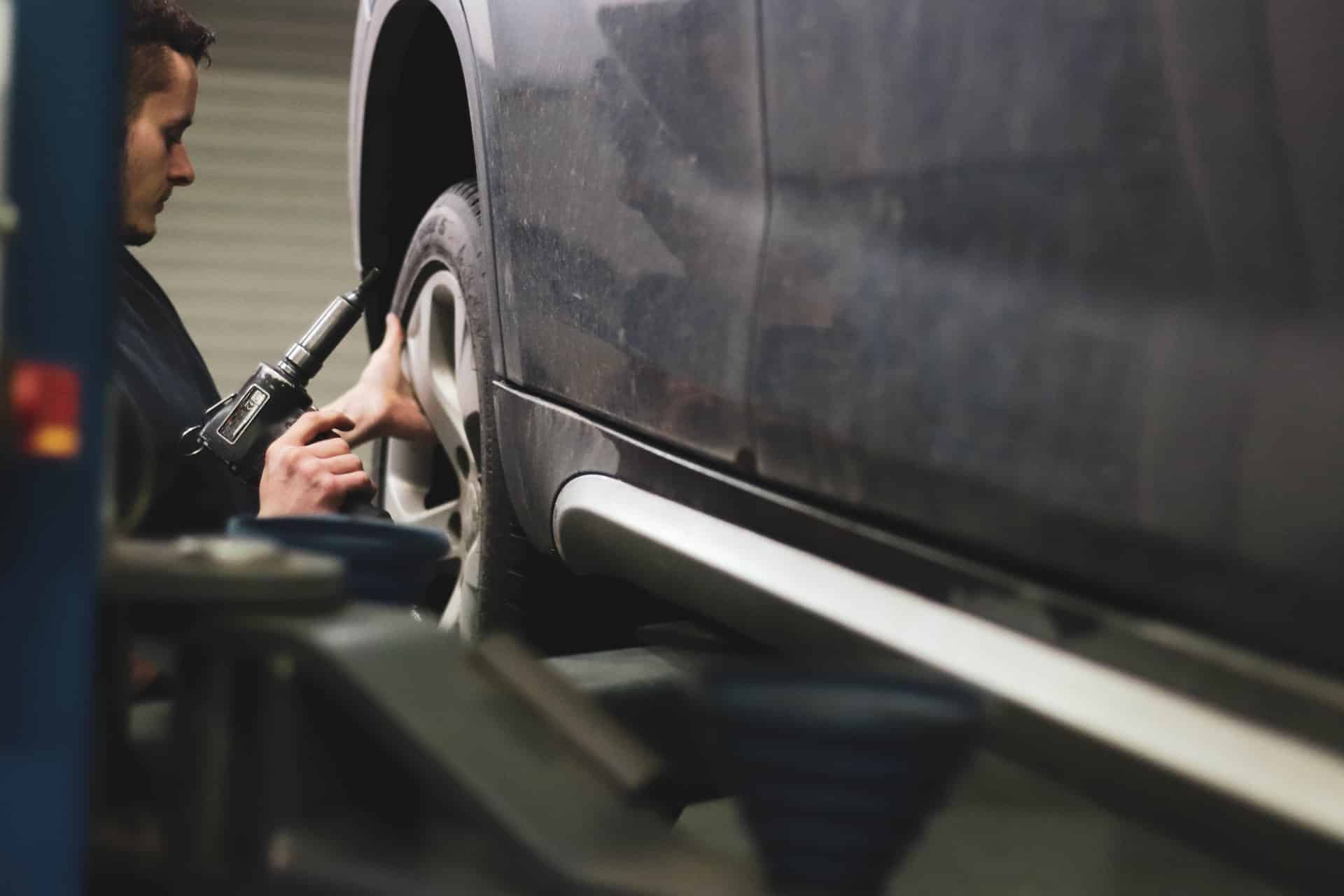Affiliate Disclosure: Automoblog and its partners may earn a commission if you purchase coverage from the extended warranty providers outlined here. These commissions come to us at no additional cost to you. Our research team has carefully vetted dozens of extended warranty providers. See our Privacy Policy to learn more.
In most parts of the U.S., access to a car is essential to daily life. Most Americans rely on private automobiles to get to work and just about anywhere else. But owning and maintaining a car is now more expensive than ever before, putting many individuals and families in a difficult financial position.
Vehicles for Change, a nonprofit organization based in Halethorpe, Maryland, opened its doors with a mission to take on this issue of transportation access. But in doing so, the organization found a way to help address another pressing set of issues in the U.S.: the country’s high rate of recidivism and a lack of access to opportunities for people returning home from incarceration.
The U.S. is home to one of the world’s highest recidivism rates – the percentage of people who return to incarceration after release. A United States Sentencing Commission report based in 2010 found that 49.3% of people released from federal incarceration were rearrested within a period of eight years.
Recidivism rates are even more severe at the state level. One study in 2018 found that around 68% of people released from state incarceration were rearrested within three years of release. That rate climbs to 79% after five years and 83% after nine years.
There are a number of factors that contribute to people being rearrested after release. However, according to one study by the U.S. Department of Justice (DOJ), poverty is the leading predictor. The study found that people in a state of poverty were 4.6 times more likely to be rearrested. It also found that the risk of recidivism dropped by 83% when people received financial support from the state to address short-term needs.

In the U.S., people who have been incarcerated are at a much greater risk of being impoverished. Much of that risk is due to difficulty finding or keeping a job. Data from the U.S. Bureau of Justice Statistics (BJS) show a joblessness rate of 62% six months after release, among people released from federal prison in 2010. That number goes up to 65% for people four years after release.
There are many issues at play when it comes to joblessness, but lack of opportunity is a major factor. Some states have introduced laws that prohibit employers from discriminating against people with a criminal record or make it more difficult to do so. However, there is currently no federal law that prohibits such discrimination.
As a result, a person’s criminal record can limit their access to stable employment after release. Lack of gainful employment can lead to poverty status and, in turn, to rearrest.
Vehicles for Change Provides Access to Mobility
Even for people with no criminal record, access to reliable transportation can be a major obstacle to staying out of poverty. For many people in the U.S., that means access to a personal vehicle. According to the American Public Transportation Association, 45% of Americans have no access to public transportation.
Vehicles for Change (VFC) helps provide access to private transportation. The organization takes in donated cars and fixes them to make them safe and reliable. After they’ve been repaired and tested, the cars are sold to eligible people for as little as $950.
A jobs training program wasn’t originally part of the VFC mission. But CEO Martin Schwartz said that the organization’s growth led to a need for more automotive technicians. That need prompted the idea of creating a training program that would also benefit formerly-incarcerated people looking for steady employment.
“Our garages where we were doing repairs for families were getting bigger, and we needed more cars repaired,” said Schwartz. “We were awarding 300, 400, maybe 500 cars a year to families, and our garage just couldn’t keep up. And they couldn’t keep up, not because they weren’t big enough, but because they didn’t have enough technicians.”
Schwartz said professionals from partner repair shops were suggesting that the organization should start training mechanics to help fill the needs of the program. This led to the creation of VFC subsidiary Full Circle Auto Repair & Training Center, which provides paid training and other services to formerly incarcerated people, in 2014.

“We saw that in the state of Maryland, there is an automotive program in the prison system,” said Schwartz. “But when individuals were being released, they were having a real difficult time getting a job. People were not interested in giving [recently-released individuals] an opportunity, and they had no work experience. It was very difficult because no one was really working with them. So as we designed our program, we designed it with the idea that we would recruit the individuals coming out of incarceration.”
Work training through Full Circle is a “paid internship,” according to Schwartz. Participants get paid between $9 and $11 per hour for 40 hours each week for four months. He said the amount is “obviously not a lot of money,” but it’s enough for participants to get by while learning. However, 100% of all program graduates get a job after finishing training.
Graduates also receive a Master Technician certification from the National Institute of Automotive Service Excellence (ASE). The certification is the standard for the industry and, according to ZipRecruiter, the average salary for an ASE Certified mechanic in the state of Maryland is $59,238 in 2023.
Full Circle Is Curbing Reincarceration
Through Full Circle, Vehicles for Change has proven effective at keeping its participants from getting arrested again. Graduates of the training program have just a three percent rate of recidivism compared to the national average that ranges from nearly 50% to more than 80%.
Schwartz said that the training and jobs provided through the program are only part of the reason for its success. Vehicles for Change also provides support services for participants.
“We have full-time case managers on all of our three different training locations,” said Schwartz. “We work with folks and provide them with all the wraparound services that they need to really become an employee and get reacclimated to society. Most of our folks have been incarcerated between 10 and 20 years, so they have that time period where they have to get reacclimated.”
Vehicles for Change recruits people while they are still incarcerated. Schwartz said this allows participants to begin training and receive support immediately upon release.
“It’s about providing an opportunity and providing those wraparound services as soon as they’re released,” he said. “And then, it’s making sure that they have an opportunity to earn a decent wage with a career. Also, I think part of it is ensuring that they understand that they have to leave the old life behind.”
Schwartz said that Full Circle offers people a clear pathway from inside prison to a stable life on the outside.
“In the first job that they get, they’re making somewhere between 40 and 50 thousand,” he said. “Within a year to a year and a half they’re making 60 to 80 thousand dollars a year. They’re buying homes. They’re getting married. They’re getting back with their children.”
He added that many graduates come back and speak with current students.
Vehicles for Change Looks To Expand Access in the Future
Schwartz said that Vehicles for Change is looking to expand the Full Circle program in the near future. He told Automoblog that the organization plans to open 20 locations over the next five years.
The organization has also developed a virtual reality auto mechanic training program that can be installed inside prisons. Schwartz said that this would allow people to receive training before being released.
“If we can set up a system where they get the skills while they’re incarcerated and then when they get out, we provide them with those wraparound services before they go to work,” he said. “I think we can create a system that will reduce recidivism across the country significantly. This can be duplicated.”
The Full Circle program has room to grow. And expanding the program could help to alleviate another pressing issue: the nationwide shortage of auto technicians. A 2020 report by the TechForce Foundation estimated that the industry would be short 642,000 technicians between 2020 and 2024, leaving no shortage of job opportunities for would-be graduates.
Schwartz said that it doesn’t have to stop with automotive repair, either.
“This could be replicated in a variety of different fields,” he said. “It can be electricians and construction and carpentry, welding, and all of those fields where they’re desperate for staff. Individuals coming out of incarceration can fill those roles and make a very, very good living.”
According to the BJS, more than 1,204,300 individuals were incarcerated as of the end of 2021. Many of those people will leave incarceration at some point. If current trends continue, roughly half or more of those people will end up back in prison.
“When you come out of prison, there’s no such thing as paying your dues,” said Schwartz. “You walk around the rest of your life with a big sign on your chest that says, ‘I’m a felon.’ We provide [opportunities for] people with absolutely no skills while they’re incarcerated.”
But a chance to learn valuable skills, earn a certification, and gain access to a career is something that Vehicles for Change and organizations like it can provide. Programs like Full Circle have proven they can help change the dismal nationwide trends, one person at a time.
In our interview with Schwartz, we used the word “remarkable” to describe the program’s success at reducing recidivism. He corrected us on that choice.
“This is not remarkable, this is common sense,” he said. “It’s that simple. It’s the opportunity that they have to get out and really get access to life.”


